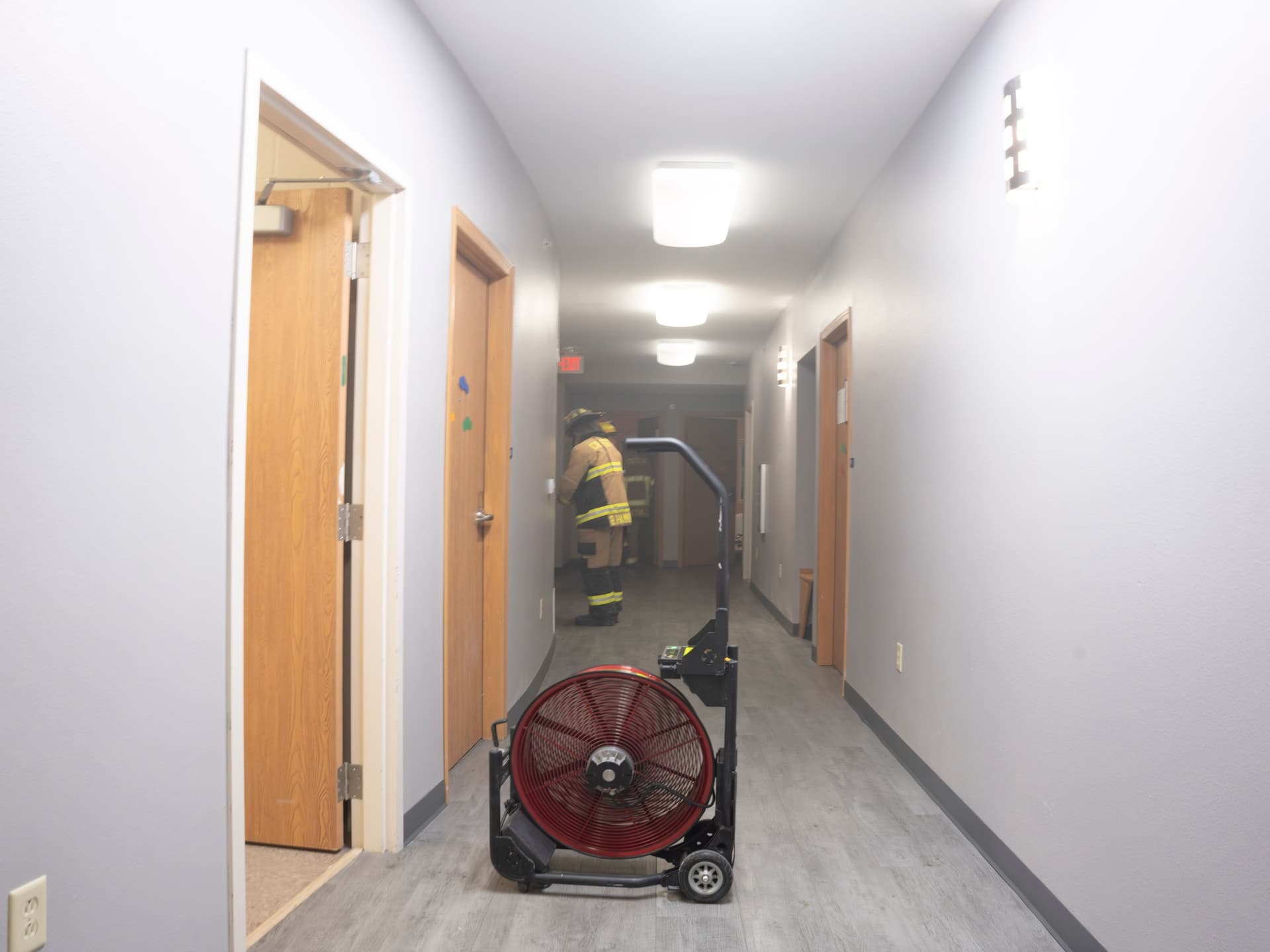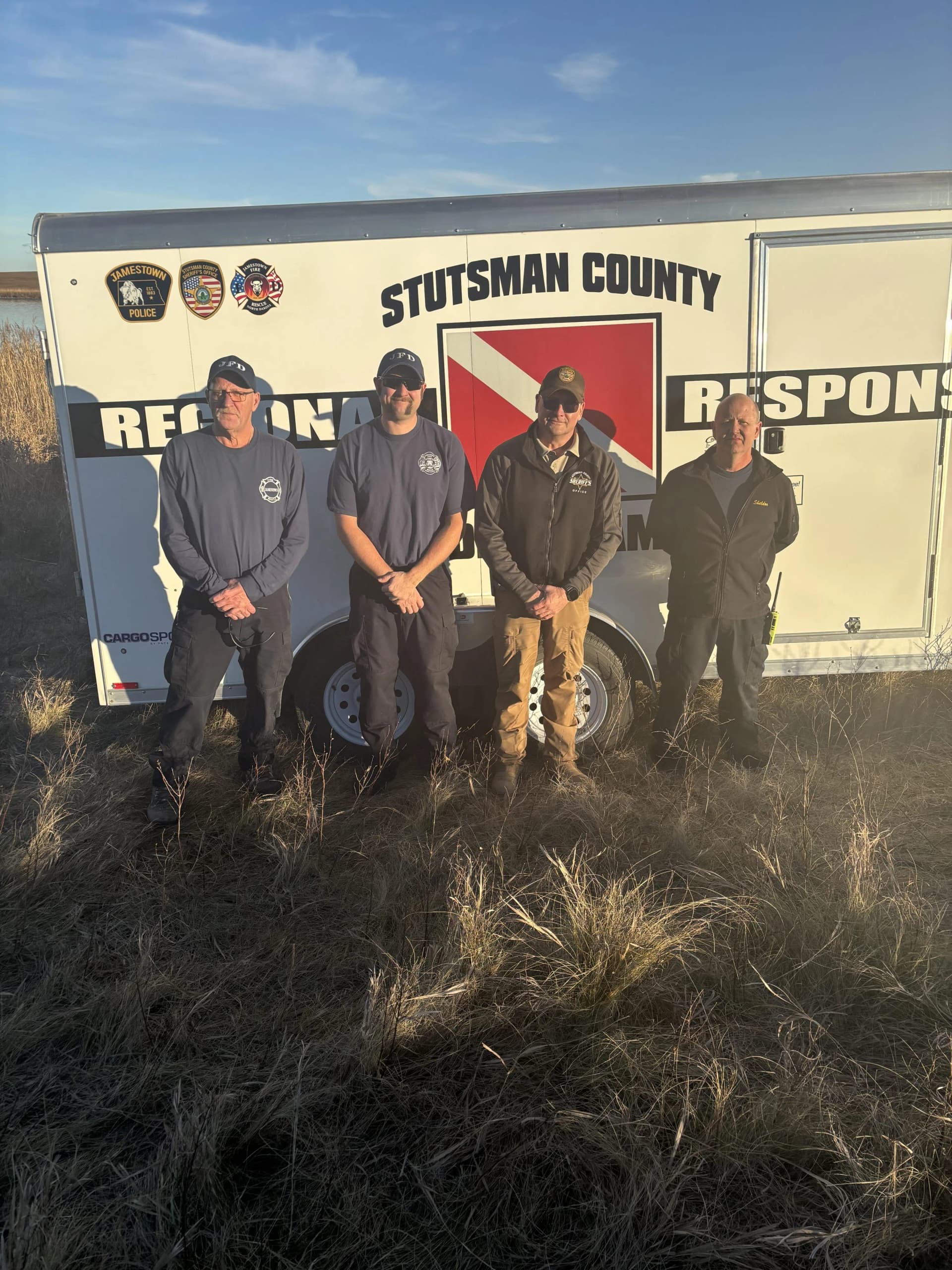Grass Fire Near Woodworth Burns Hay Bales, Damages Conservation Land
A grass fire on November 14 burned almost 30 round bales of hay and about 40 acres enrolled in the Conservation Reserve Program a few miles outside Woodworth, northwest of Jamestown. Fire crews contained the blaze with no injuries and no structural damage, but the incident raises questions about burn safety and protection of conservation acreage.

Fire crews spent the afternoon of November 14 fighting a grass fire a few miles outside Woodworth that destroyed nearly 30 round bales of hay and consumed roughly 40 acres of land enrolled in the Conservation Reserve Program. The fire occurred about 40 miles northwest of Jamestown, and local emergency responders reported no injuries and no property damage.
According to the local fire chief, the blaze began when a farmer was burning weeds in rock piles and the flames escaped control. Firefighters focused on suppressing the grass and preventing the fire from spreading to populated areas. The department reported that flames inside the round hay bales could not be extinguished and would have to burn out on their own.
The loss of nearly 30 round bales of hay represents an immediate material loss for the producer and underscores the broader public safety and land management stakes when open burning is conducted near conservation acreage. Conservation Reserve Program land is enrolled to support soil health and wildlife habitat, and burning that acreage can alter vegetation and habitat values, possibly affecting future program compliance and conservation goals.
For Stutsman County residents, the incident highlights several institutional and policy questions that local officials and landowners may need to address. Local fire departments and county emergency management agencies balance volunteer capacity and response priorities during grass fires and other seasonal incidents. The event points to the importance of clear guidance on safe burning practices, awareness of burn permit requirements, and communication between landowners and fire officials before conducting open fires.
The response also illustrates a practical limitation in wildfire management. Once hay bales ignite they can be effectively impossible to extinguish without creating greater hazards, leaving crews to concentrate on perimeter control and protecting structures and other resources. That reality has implications for how agricultural and conservation lands are managed during dry conditions, and it reinforces the need for precautionary measures when burning is considered.
Residents who plan to use fire for vegetation control or other purposes should consult county burn rules and contact local fire authorities to confirm conditions and requirements. County policymakers and conservation partners may consider reviewing outreach and permitting protocols, particularly when burning activities occur near enrolled conservation lands.
State and federal agencies that administer conservation programs and local officials will likely monitor any ecological effects on the burned Conservation Reserve Program acres and whether further steps are needed to restore vegetation. For now, the community can take some reassurance from the lack of injuries and structural damage, while treating the episode as a reminder of the risks associated with open burning near agricultural and conservation properties.


